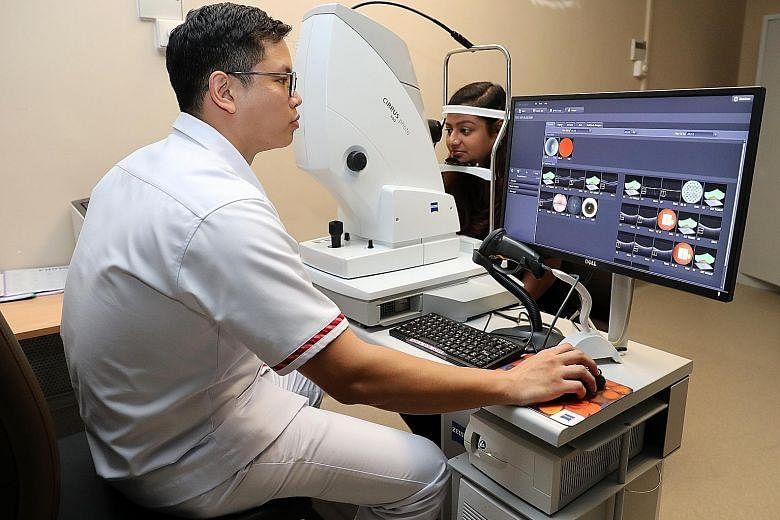It is laudable that one of the focus areas for the use of artificial intelligence (AI) technologies will be the education sector (Applying AI to help - not replace - people, Dec 2).
But what has been reported about how AI will be applied in education is worrying - automated marking of assignments and identification of plagiarism, to name a couple.
These are lagging indicators, meaning that any errors would already have been made when the AI system is doing its job.
A smarter use of AI technology would be to focus on leading indicators. We could ask: What are the attributes of a good language student?
How can these attributes be broken down into specific elements - such as grammar, spelling and syntax - so that AI technologies can be applied to assess them, identify performance gaps based on a set of criteria, prescribe learning interventions to address those gaps and track progress?
These elements are leading indicators, which, when improved over time, will help to develop better language students.
AI technologies can also be used to improve a student's speaking ability, by assessing his energy, pace, tone, pronunciation and pause fillers. This will, over time, help Singapore students speak English better.
A mobile app that allows a student to work on his language skills any time and anywhere may transform today's classroom-based education system.
Liu Fook Thim

